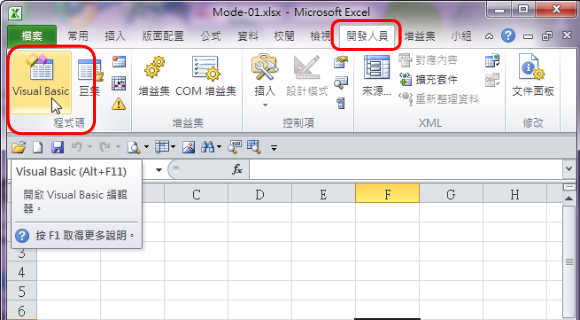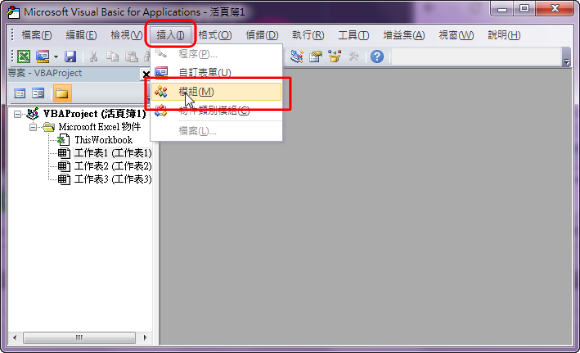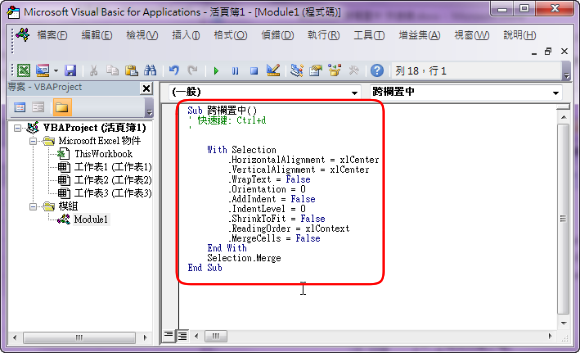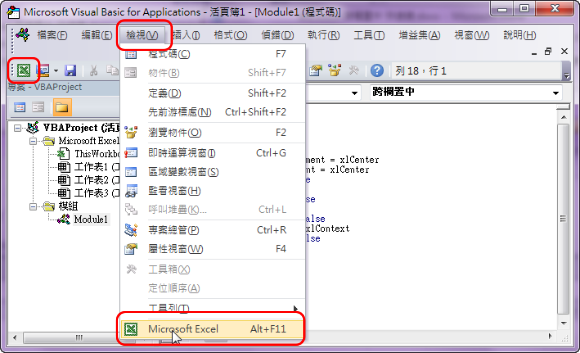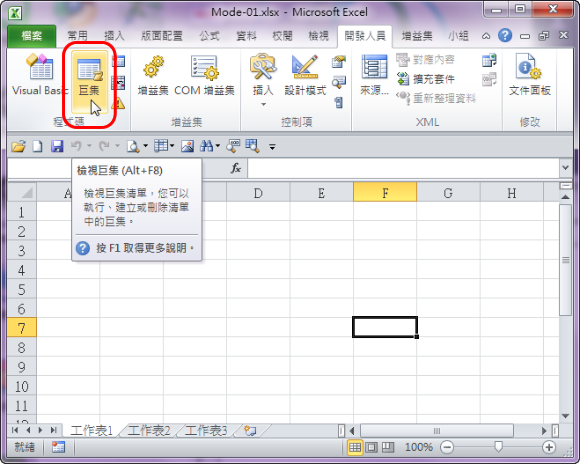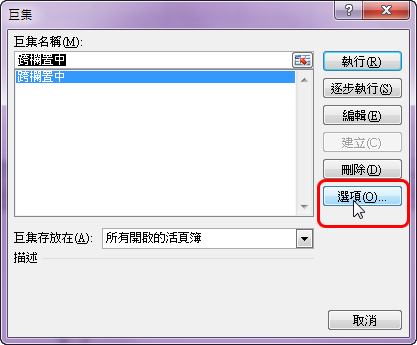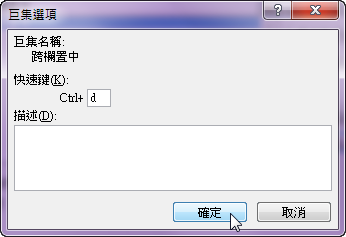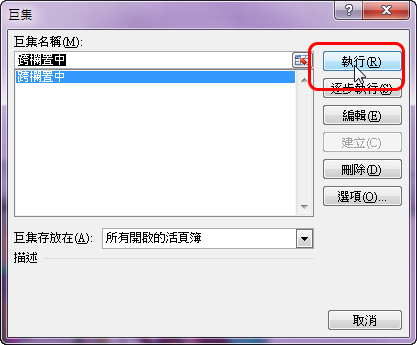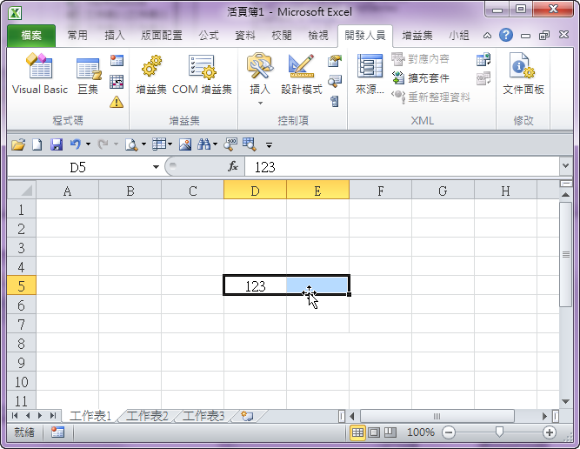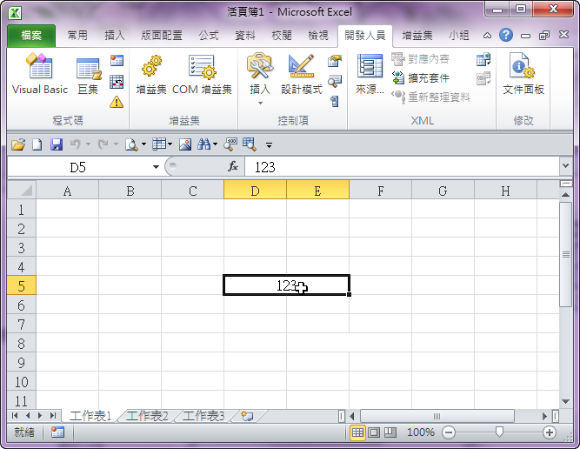1.
Introduction
Fossil fuels have been main sources for energy in terms of
combustion, where chemical energy in fuels is converted into thermal and
mechanical energies. When air reacts with fuels at high temperature, NOx
representing NO, NO2, N2O, N2O5 and etc is unavoidable due to the reaction
between oxygen and nitrogen in air [1, 2]. NOx is toxic as itself as well as a
precursor of acid rain, so its regulation has been becoming more stringent all
over the countries. There has been much interest in reducing NOx from engines
in terms of fuel injection strategies [3], exhaust gas recirculation [4] and
catalytic reactions [5], among which selective catalytic reduction (SCR) has
been successfully applied in stationary applications such as boilers and power
plants [6]. Although there are many reducing agents suggested, gaseous ammonia
shows the best performance for this reaction [7]:
4NH3 + 4NO + O2 → 4N2 +
6H2O (1.1)
Although the equation (1.1) is a major pathway for NO in the
presence of O2, the equation (1.2) is also important when NO2 is high in the
mixture of NO and NO2 [8].
4NH3 + 2NO + 2NO2 → 4N2 +
6H2O (1.2)
There have been many catalysts developed for the SCR reaction [9,
10], among which a V2O5/TiO2 catalyst has been widely used in commercial
applications [10]. Although the equation (1.1) is an overall reaction for SCR,
many elementary steps are involved during the reaction between NO and NH3 [11].
Since NO is reacted with NH3 on catalysts, its detailed reaction mechanism has
been of great interest in order to develop kinetic models of SCR depending upon
catalysts [12 – 14]. According to many studies, it is accepted that NO is
reacted via the Langmuir‐Hinshelwood mechanism in V2O5‐WO3/TiO2 catalysts [13],
where gaseous NO and NH3 are adsorbed on the catalysts and adsorbed NO and NH3
are reacted on the surface.
There have been many researches for modeling of ammonia‐SCR systems
[15 ‐ 19]. As evidenced by experiments, oxygen concentration in the
exhaust gases is crucial for the SCR. Therefore, some kinetic models took into
account the oxygen concentration [18, 19]. However, Chae et al. only considered
NO and NH3 concentrations for their model although oxygen effect was already
employed in their model [16]. Another important parameter in the SCR model is
whether NH3 is oxidized by reacting oxygen as shown in the equation (1.3) [17,
18]. Since this reaction is active at high temperature over 400o C, it is
observed that NO removal activity decreases over this temperature because NH3
which needs for NO reaction is converted into NO.
4NH3 + 5O2 → 4NO +
6H2O (1.3)
In this study, the reaction between NO and NH3 was simulated in
COMSOL using fundamental mass and momentum equations. The model was studied if
it is appropriate to describe SCR reaction, which has been experimentally
proven.
1.
Governing Equations
There are two governing equations employed in this model; one is a
mass equation, and the other is a momentum equation. Although there is a heat
evolved during the reaction of NO and NH3, an energy equation was not
considered because it is very small due to small amounts of two reactants. The
equation (2.1) indicates a mass equation in an advective flow.
where c is a concentration, D is a diffusion coefficient, R is a
chemical reaction, and v is a velocity which is a vector form. Since the mass
equation is assumed at a steady state, the 1st term is canceled out and finally
the equation becomes the equation (2.2)
For a momentum equation, the incompressible Navier‐Stokes equation
in a laminar flow was employed as shown in the equation (2.3) and (2.4)
未完 !!
